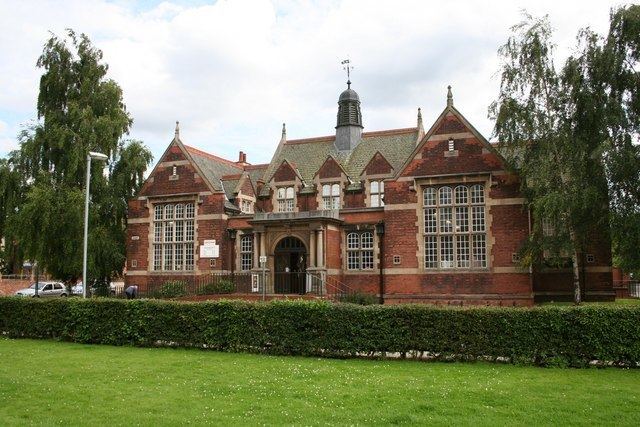Dissolved 1913 Founded 1901 | ||
 | ||
Partners William Scorer and Henry Gilbert Gamble | ||
Scorer and Gamble was an architectural practice in Lincoln which operated between 1901 and 1913, although the name Scorer and Gamble continued to be used into the 1920s. The partnership was between William Scorer (1843–1934) and Henry Gilbert Gamble (1867–1944). The partnership operated from Bank Street Chambers Lincoln. Their work is described as "eclectic, ranging from the Arts and Crafts/Art Nouveau of Gainsborough Library (1905) to the more disciplined English Renaissance of Horncastle (1908) and later schools". In 1903, Gamble, who may have been the more talented designed was appointed architect to the Lindsey County Council Education Committee.
Contents
William Scorer
Student at Lincoln School of Art. Articled to Henry Francis Goddard of Lincoln and later worked for Henry Sumners of Liverpool. Practised in London for two years. ARIBA in 1881 when he was working from St Edmond’s Chambers, Lincoln. In partnership with W.Watt for three years and in partnership with Gamble from 1901. He was Lincoln Diocesan Surveyor.
Henry Gilbert Gamble
Educated at Queen Elizabeth Grammar School, Gainsborough. Articled to Demaine and Brierley in York and transferred to William Watkins of Lincoln. Worked for Ewan Christian in London. ARIBA in 1891 and started to practice in Lincoln in 1897 before entering into a partnership with William Scoreer. Later in partnership with Philip Walter Birkett and Neville Barker. Appointed surveyor to the Lincoln County Committee.
